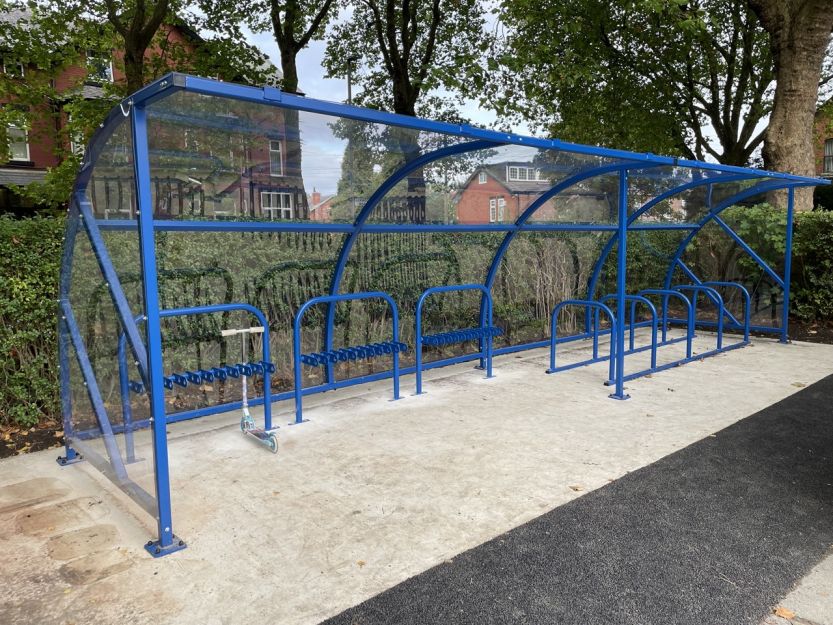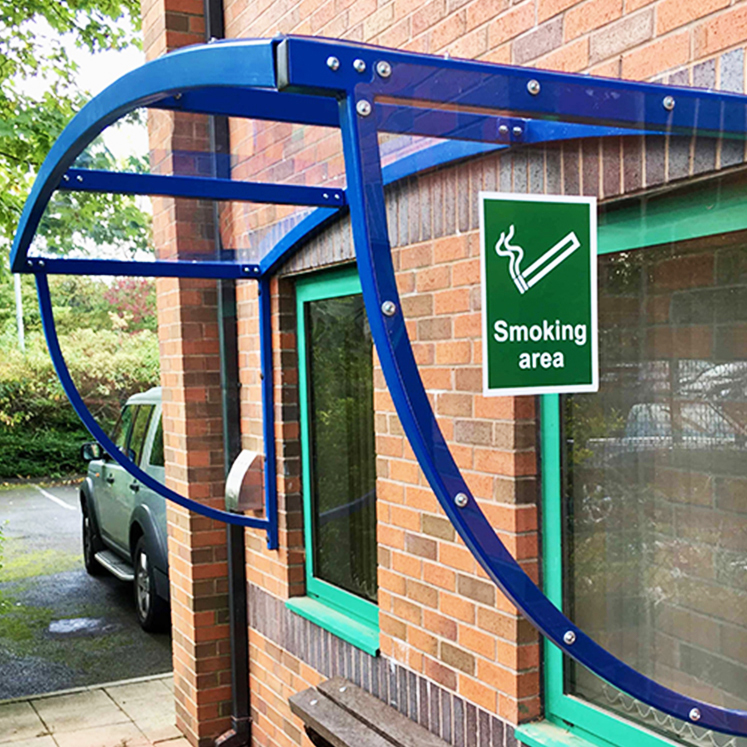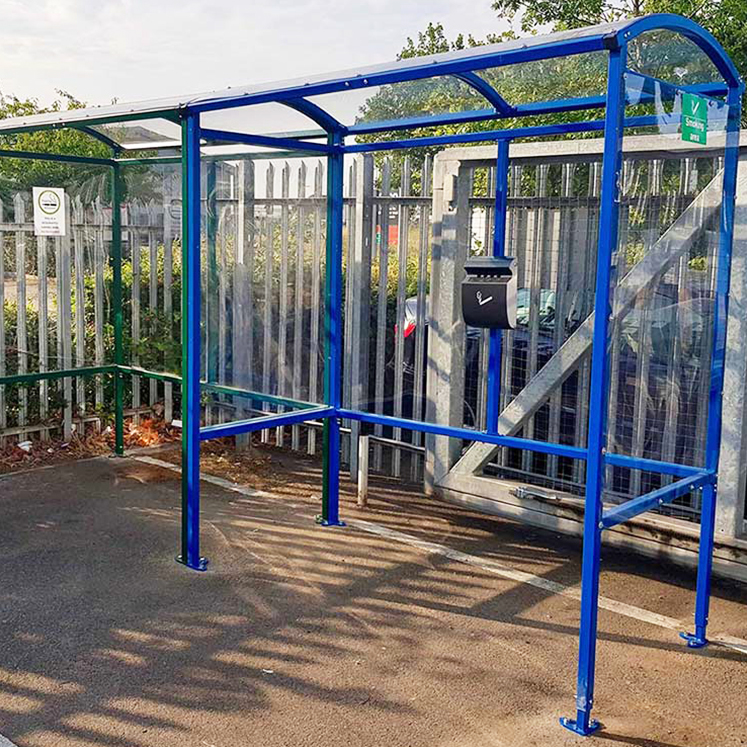Shopping Centres Outdoor Facilities
Retail parks and shopping centres have become integral components of the UK’s retail landscape, offering consumers a blend of convenience, variety, and accessibility. As consumer preferences evolve and the retail environment faces new challenges, these commercial hubs must adapt to maintain their appeal and functionality. A critical aspect of this adaptation involves the strategic implementation of Retail Parks and Shopping Centres Outdoor Facilities.
Tamstar look to enhance the overall shopping experience and ensure compliance with health and safety regulations.
The Evolution of Retail Parks and Shopping Centres
Historically, retail parks emerged on the outskirts of towns and cities, capitalising on available space and catering to the increasing reliance on automobiles. These expansive areas typically feature large-format stores, ample parking, and easy access from major roads. In contrast, shopping centres are often situated within urban areas, offering a concentrated mix of retail outlets under one roof.
Within recent years, the UK has witnessed a resurgence in investment in retail spaces. In 2024, investors poured £2.07 billion into British shopping centres, marking the highest investment level since 2016. This surge reflects a renewed confidence in the sector, driven by rebounding retail demand, improved operating incomes, reduced vacancy rates, and heightened tenant interest.
While traditional retail remains vital, the landscape is evolving rapidly, with retail parks and shopping centres transforming into multifaceted spaces. Beyond shopping, these hubs are embracing a community-centric approach, incorporating wellness centres, co-working spaces, and family-friendly zones. Such diversification not only attracts broader demographics but also creates resilient revenue streams for property developers and tenants alike.
All of Our Outdoor Facilities Management Equipment
The Role of Retail Parks and Shopping Centres Outdoor Facilities
Effective facilities management is crucial in maintaining the operational efficiency and aesthetic appeal of retail parks and shopping centres. This encompasses regular maintenance of outdoor areas, ensuring cleanliness, and promptly addressing wear and tear. Proper upkeep enhances the shopping experience and builds a positive reputation for the retail space.
Partnering with experienced facilities management providers can help retail establishments uphold high standards. Services may include landscaping, waste management, and the upkeep of outdoor facilities such as shelters and seating areas. Well-maintained facilities also play a significant role in meeting health and safety regulations, ensuring a secure and welcoming environment for all visitors.

Facilities managers are increasingly leveraging technology, such as IoT devices and data analytics, to monitor foot traffic, energy usage, and maintenance needs in real time. These innovations enable proactive decision-making, ensuring resources are allocated efficiently and effectively.
The Importance of Retail Parks and Shopping Centres Outdoor Facilities
Outdoor facilities play a pivotal role in enhancing the functionality and appeal of retail parks and shopping centres. They contribute to a positive customer experience, promote safety, and support sustainability initiatives.
Shopping centres now host events such as seasonal markets, live music performances, and art exhibitions to foster a sense of community and create memorable experiences. Retail parks are also embracing hybrid retail models, blending online and offline experiences with innovations like click-and-collect zones and interactive kiosks.
Moreover, the incorporation of green spaces and outdoor amenities has become increasingly important. Landscaped areas, playgrounds, and seating zones not only enhance aesthetic appeal but also encourage longer dwell times, contributing to increased spending. Key outdoor facilities include:
Smoking Shelters:
Providing designated smoking areas ensures compliance with UK legislation and maintains a pleasant environment for non-smokers. Well-designed smoking shelters protect users from adverse weather conditions and help keep entrances and walkways clear. These shelters also reflect a commitment to inclusivity, ensuring all visitors have a designated space tailored to their needs.
Bike Shelters and Storage:
Encouraging cycling among customers and staff aligns with sustainability goals and reduces carbon footprints. Secure and weatherproof bike shelters and storage solutions promote this eco-friendly mode of transport. Offering cycling infrastructure signals a forward-thinking approach, catering to a growing number of environmentally conscious visitors.
Recycled Plastic Furniture:
Durable and low-maintenance, recycled plastic furniture is ideal for outdoor seating areas. Above all, this contributes to environmental sustainability and providing comfortable rest spots for shoppers. Therefore, the material’s resistance to wear and tear ensures it remains functional and visually appealing for years.
Safety Barriers and Bollards:
Implementing safety barriers and bollards enhances pedestrian safety by managing vehicle traffic and protecting walkways. These installations are crucial in high-traffic areas to prevent accidents and ensure a secure shopping environment. Thoughtfully designed barriers can also serve as aesthetic enhancements, blending functionality with visual appeal.
Weather-Proof Canopies and Shelters:
Given the UK’s unpredictable weather, covered walkways, bus stops, and seating areas are increasingly valued. These features protect shoppers from rain and sun, encouraging longer visits and providing comfort across seasons.
Adapting to Consumer Behaviours
The rise of online shopping has prompted retail parks and shopping centres to re-evaluate their offerings. To remain competitive, these establishments are focusing on creating experiential destinations that offer more than just retail therapy. Integrating leisure and entertainment options, enhancing dining experiences, and providing community spaces are strategies being employed to attract and retain visitors.

Sustainability Considerations of Retail Parks and Shopping Centres Outdoor Facilities
Above all, sustainability is at the forefront of modern retail development. Retail parks and shopping centres are adopting eco-friendly practices, such as installing energy-efficient lighting, utilising renewable energy sources, and implementing thorough recycling programs. Green roofs, solar panels, and rainwater harvesting systems are becoming standard features, thus reducing operational costs and environmental impact.
The use of recycled materials in outdoor facilities, such as benches and tables made from recycled plastic, exemplifies a commitment to environmental responsibility. These materials are not only sustainable but also offer durability and low maintenance, so makes them ideal for high-traffic areas.
The Future of Retail Parks and Shopping Centres
As the retail landscape continues to evolve, the future of retail parks and shopping centres will likely hinge on their ability to adapt to technological advancements and changing consumer expectations. Innovations such as augmented reality shopping experiences, smart parking solutions, and contactless payment systems are already redefining the way people interact with retail spaces.
In addition, the shift towards mixed-use developments is expected to gain momentum. By combining retail, residential, and recreational spaces, developers can create vibrant, self-sustaining communities that attract diverse groups of people.
Another emerging trend is the integration of wellness-focused amenities, such as fitness zones, meditation gardens, and healthy dining options. Additionally, these features align with the growing emphasis on holistic well-being and provide added value for health-conscious consumers.
Retail Parks and Shopping Centres Outdoor Facilities at Tamstar
Both retail parks and shopping centres have long been staples of the UK’s retail ecosystem. However, their survival depends on their ability to innovate and adapt.
By investing in well-designed outdoor facilities, embracing sustainability, and catering to the evolving needs of consumers. As a result, these spaces can remain vibrant and relevant in an increasingly competitive market.
Retail parks and shopping centres have the potential to redefine modern commerce and customer engagement, as they continue to transform into experiential and community-oriented hubs.





